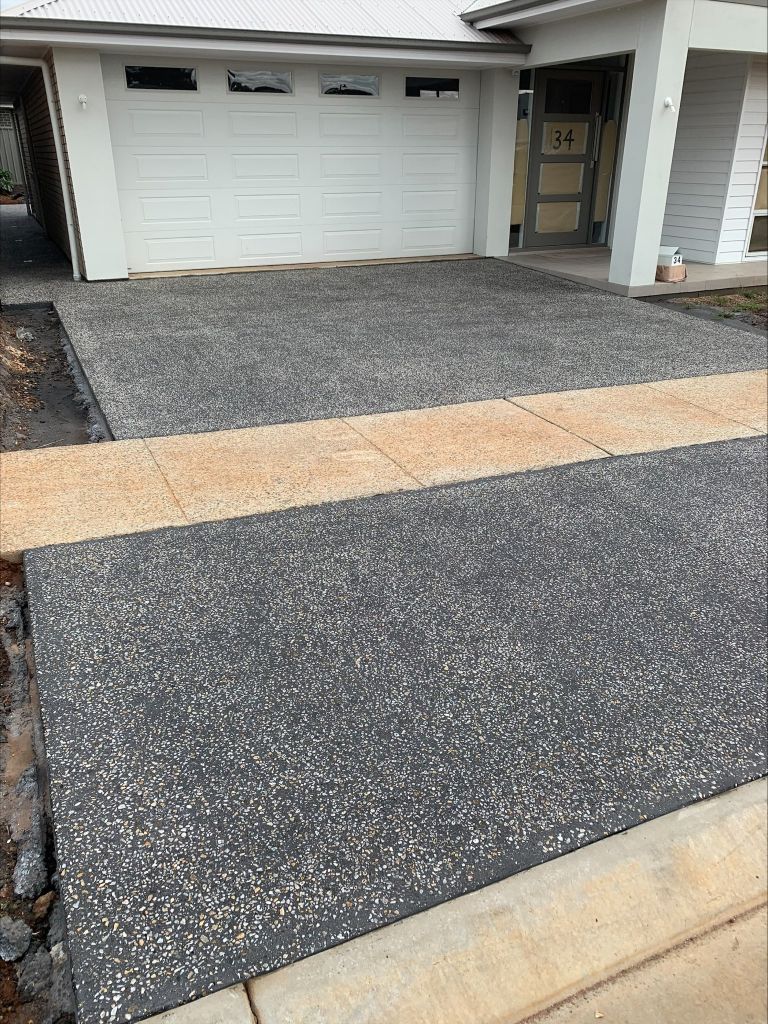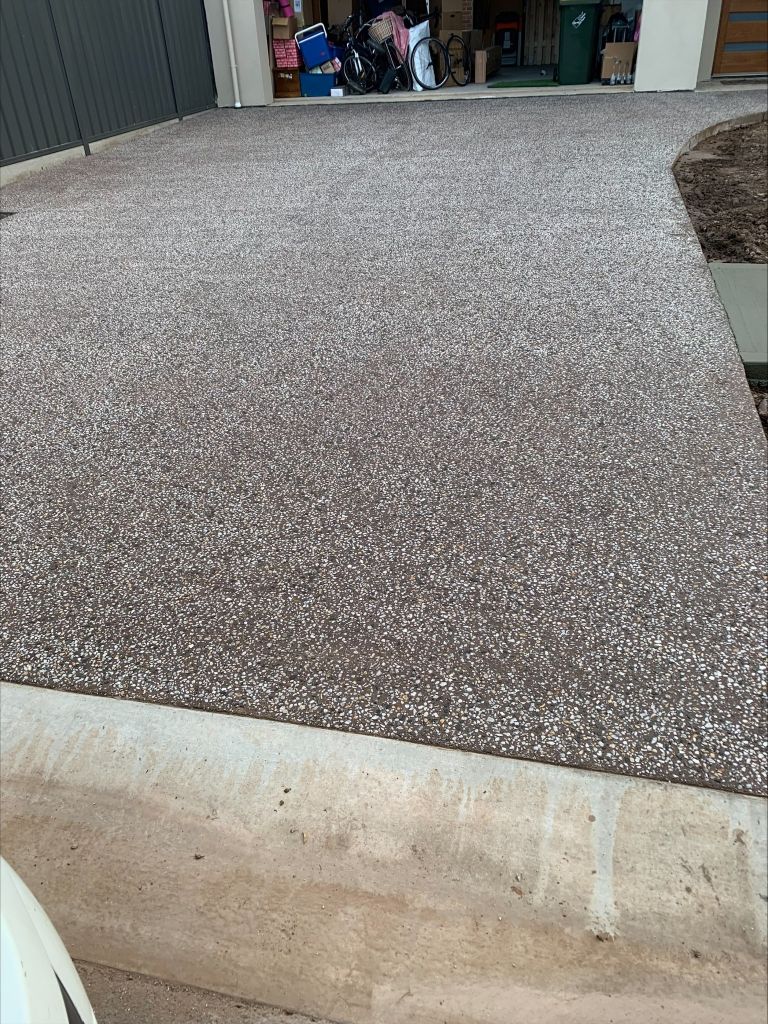Exposed Aggregate: A Comprehensive Analysis of its Characteristics, Applications, Benefits, and Historical Evolution
Introduction
A construction material that has stood the test of time, yet continues to surprise with its design possibilities, is the versatile exposed aggregate.
A form of concrete that offers robust durability combined with an aesthetic allure, exposed aggregate has been increasingly adopted in a myriad of construction and landscaping applications.
In this article, we delve deeper into the concept of exposed aggregate, exploring its characteristics, reasons behind its usage, its diverse benefits, and the historical trajectory of its development.

Understanding Exposed Aggregate
At its core, exposed aggregate refers to a style of concrete finish that exposes the aggregate within the concrete. Aggregates are the composite materials—such as pebbles, crushed stone, glass pieces, or seashells—that are mixed with cement to create concrete.
Traditionally, these aggregates are hidden within the cement mix.
However, in the exposed aggregate technique, the top layer of cement paste is stripped away after the concrete is poured and has slightly set, revealing the attractive and diverse textures of the aggregate beneath.
The choice of aggregates can significantly influence the final look, and this technique brings a remarkable degree of aesthetic flexibility.
The use of different shapes, sizes, colors, and types of aggregate opens up an extensive range of design possibilities, allowing architects, landscapers, and homeowners to create a concrete surface that perfectly complements its surroundings.

The Diverse Applications of Exposed Aggregate
Exposed aggregate offers a multitude of advantages, making it apt for various uses.
Its strength, low maintenance requirement, visual allure, and inherent slip resistance make it a versatile choice for several applications.
- Driveways and Walkways: The combination of strength and beauty makes exposed aggregate an ideal material for driveways and walkways. Its textured finish ensures good grip, significantly reducing the risk of slips, particularly in wet conditions.
- Patios and Pool Decks: Exposed aggregate’s durability and resistance to weathering make it perfect for outdoor environments like patios and pool decks. Its natural slip-resistance makes it safe for use in wet areas around swimming pools.
- Architectural Buildings: Increasingly, architects are exploring the aesthetic potential of exposed aggregate for a range of building applications. Whether it’s in the form of an exterior wall, a decorative panel, or a feature within a building, exposed aggregate provides an appealing and unique contrast to smoother materials.
- Commercial and Public Spaces: For spaces like parks, office complexes, and shopping precincts, the low maintenance and aesthetic appeal of exposed aggregate make it a preferred choice.
Key Benefits of Exposed Aggregate
The growing popularity of exposed aggregate can be attributed to the numerous advantages it offers:
- Aesthetic Appeal: The creative possibilities offered by the exposed aggregate technique are vast. Every project can be given a distinct look by choosing different aggregates, thereby creating eye-catching, unique finishes.
- Durability: Like traditional concrete, exposed aggregate is extremely durable. It can endure heavy traffic and extreme weather conditions, ensuring longevity.
- Low Maintenance: Once sealed, exposed aggregate surfaces require very little maintenance. Regular sweeping and occasional hosing down are typically all that’s needed to keep the surface looking its best.
- Non-Slip Surface: The inherent textured surface of exposed aggregate provides excellent traction, making it ideal for applications where safety from slips and falls is crucial.
- Versatility: Exposed aggregate is adaptable to a wide range of environments and designs. It can be utilized with other forms of concrete finishes or combined with other materials to create diverse design effects.
The Historical Journey of Exposed Aggregate
While the history of concrete itself stretches back to the Roman era, the technique of exposing the aggregate is a more recent development.
It started gaining popularity in the early 20th century when architects and designers began exploring new ways to use concrete as a decorative material rather than just a structural one.
Initially, exposed aggregate was utilized in more prominent projects, including public buildings and monuments. It was in these spaces where its dual qualities of beauty and strength became apparent.
As the mid-20th century approached, the usage of exposed aggregate concrete started trickling down to commercial and residential applications, becoming a common sight in suburban driveways, walkways, and patios.
Over the decades, continuous advancements in concrete technology and the increasing availability of diverse aggregate materials have propelled the possibilities of exposed aggregate design.
From being a relatively unknown method in the early 20th century to becoming a mainstream choice for construction and landscaping in the 21st century, exposed aggregate has certainly left an indelible mark in the world of construction materials.
